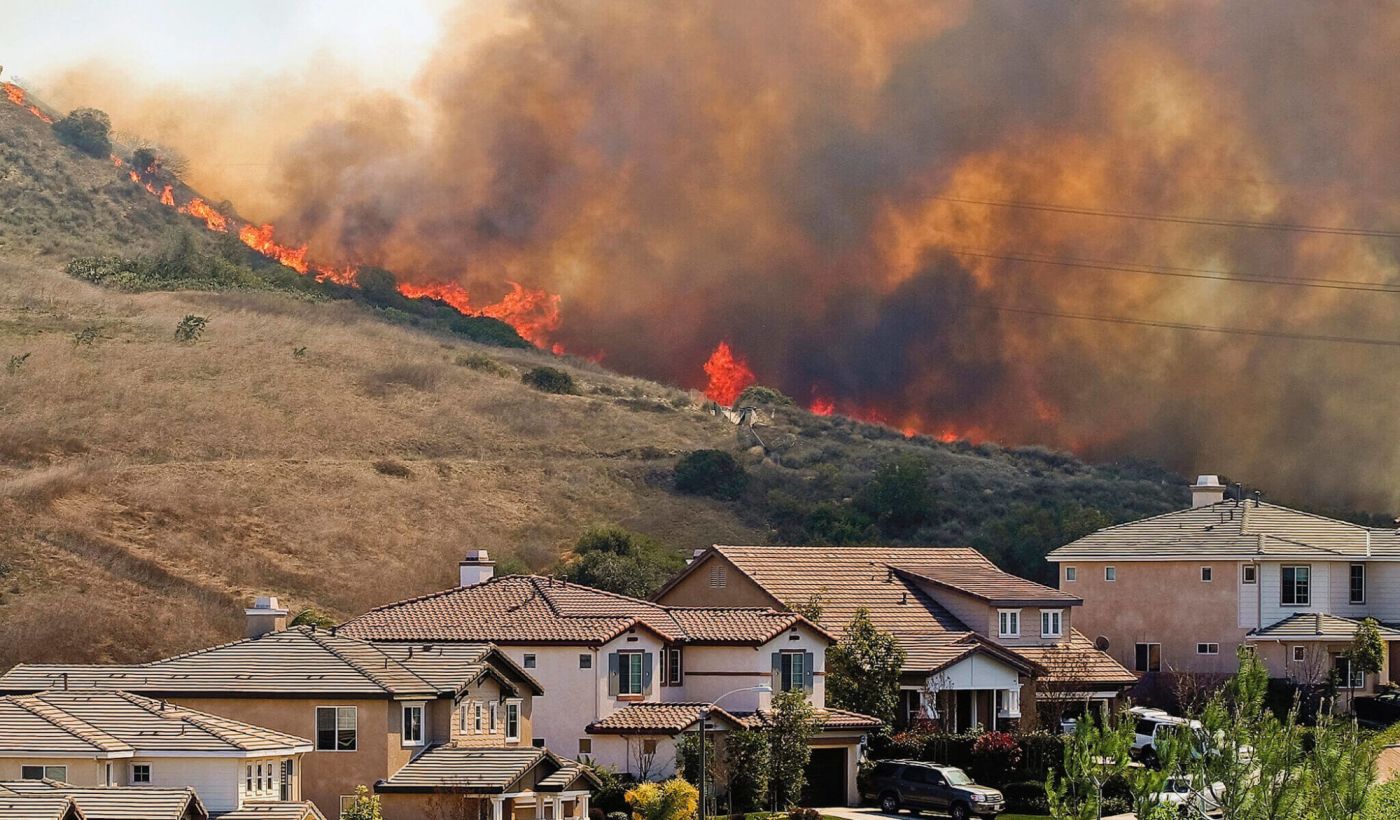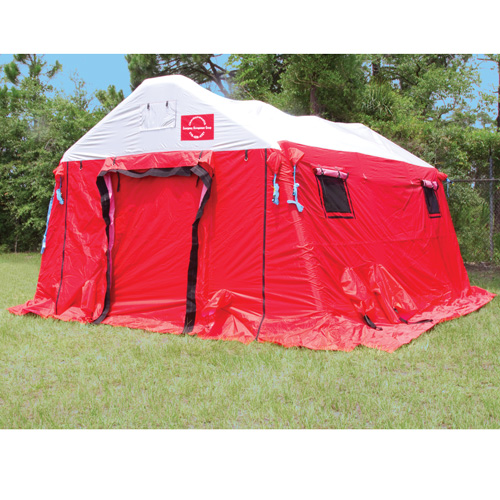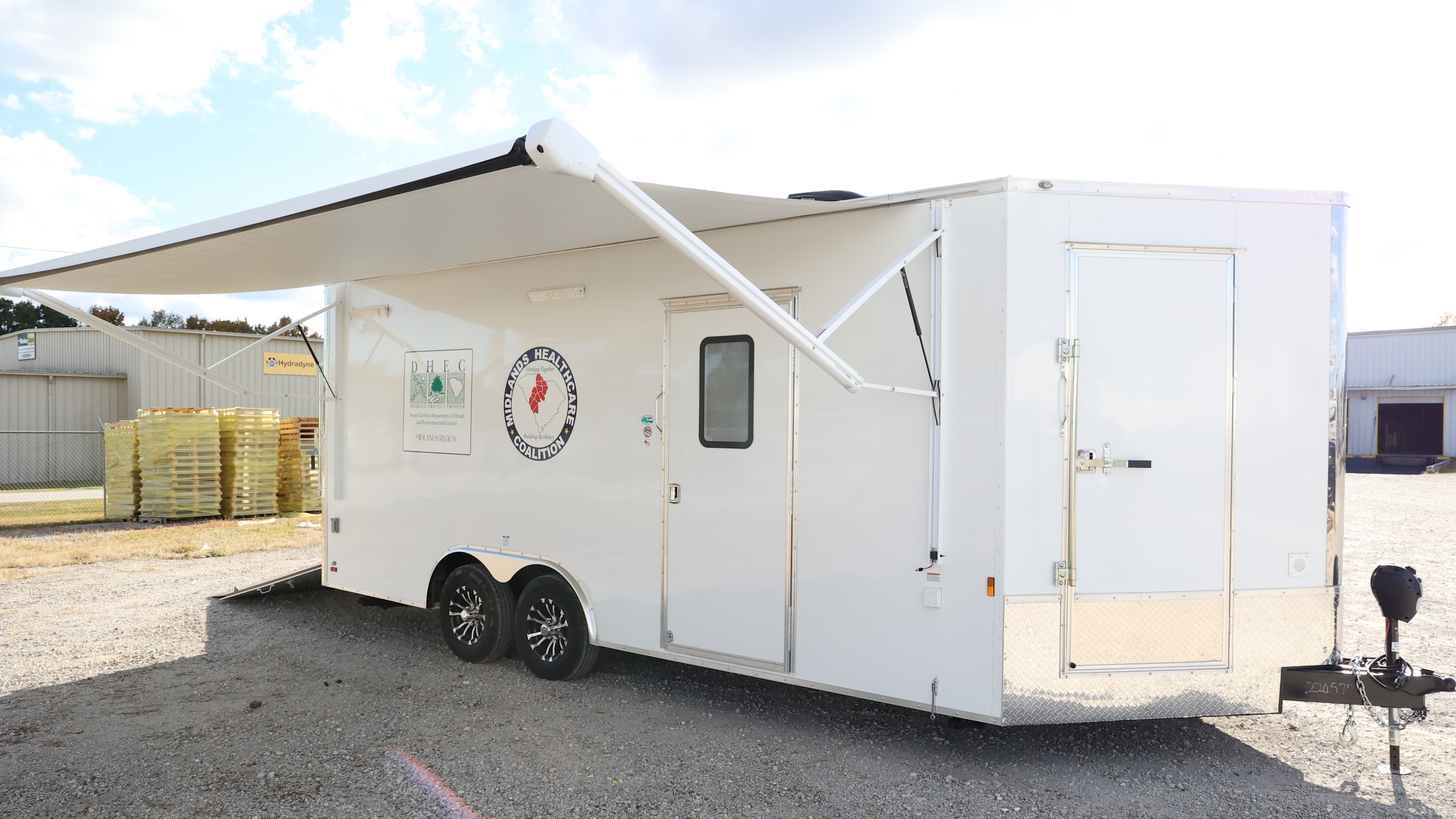
National Wildfire Month - May 2021
Friday April 30, 2021
Recommendations For Firefighters Battling Wildfires
Firefighters should avoid excessive heat, sun exposure, and high humidity as much as possible. When these exposures are unavoidable, firefighters should take the following precautions to avoid heat exhaustion:
• Have a location available to rehab your body with food, drink and rest
• In high heat and humidity, take more breaks
• When needed, take breaks in the shade or in a cool place
• Drink plenty of water so you don't get thirsty (about 1 cup every 15-20 minutes)
• Avoid alcohol and beverages containing a lot of caffeine or sugar
• Be aware that protective clothing or personal protective equipment, especially turnout gear, may increase the risk of heat stress
Keep an eye on your own and your coworkers' health, and call 911 if anything goes wrong. Stop working, alert emergency responders, relocate to a cooler location, and begin cooling exercises to lower the body's temperature if heat stress symptoms appear.
Due to strenuous work activity, high altitudes, long and intermittent work hours, lack of sleep and/or quality sleep, poor nutrition, and unexpected and stressful incidents, firefighters may experience physical and mental exhaustion during a wildfire. Fatigue and stress can increase the risk of injury, accidents and poor health. Studies show that working 12 hours or more per day is associated with a 37% increased risk of injury.

Firefighter Rehab ShelterHow To Prevent and Reduce Fatigue
• Allow plenty of time to sleep after shifts and on days off
• Avoid eating heavy foods before going to bed
• Caffeine and other stimulants should be avoided several hours before bedtime
• Ensure that firefighters' and fire managers' fluid and nutritional requirements are met, and work/rest cycles are enforced to avoid excessive exhaustion
Injuries On The Job
Wildfire firefighters are also exposed to a variety of hazards that may put them at risk of both fatal and non-fatal injuries while on the job. Hazards firefighters may encounter include:
• Slips, trips and falls
• Burns, including sun-burns
• Scrapes and cuts from tools and equipment, such as chain-saws
• Hit by partially burned trees, other forest materials, or vehicles (e.g. fire equipment, ATVs, etc.)
• Contact with irritants and sensitizers found in plants (e.g., poison ivy, thorns)
• Animal/snake bites
• Vehicle/airplane/helicopter collisions result in injuries
• Downed power lines and lightning storms can cause electrocution
• Unstable construction systems

Firefighter Rehab and First Aid TrailerRecommendations To Reduce Injuries
• Keep first aid stations in close proximity
• Have first aid and trauma kits on standby, close by
• Ascertain that firefighters are aware of possible risks, how to prevent them, and the importance of reporting any workplace accidents, illnesses, or dangerous conditions.
• Until firefighting starts, create and enforce LCES (lookouts, contact, escape routes, and safety zones).
• Ensure that firefighters are trained in safe emergency response and are always mindful of the possibility of being trapped in a burnover.
• Create and implement uniform operating procedures for driving and wearing seat belts in motor vehicles (restraints)
• Ensure that all firefighters are wearing PPE that meets the National Fire Protection Association's Standard on Protective Clothing and Equipment for Wildland Firefighting